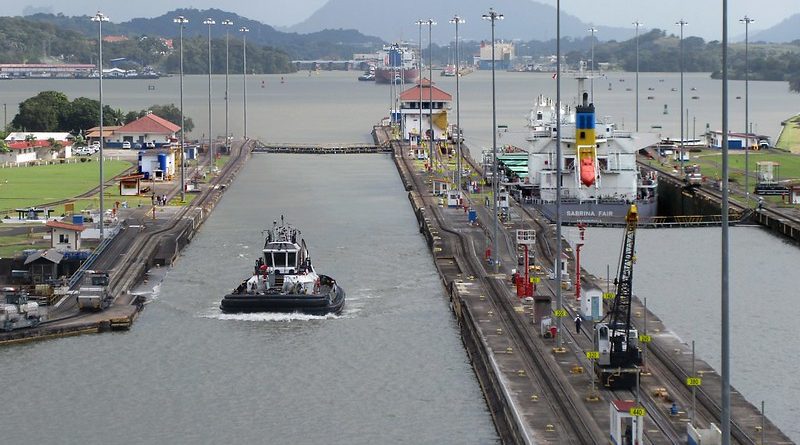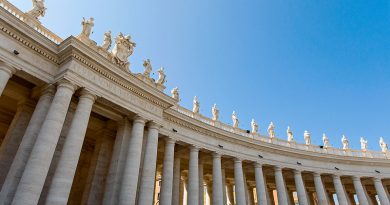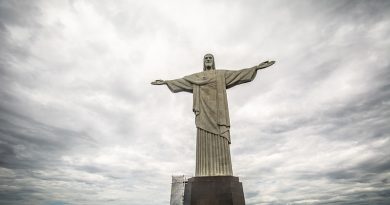The Panama Canal
The Panama canal is paramount for the Panamanian economy. It generates one billion American dollars a year. But not only that, Panama owes its independence as a country to the canal. The United States under Roosevelt helped Panama declare independence from Colombia in exchange for control of the Panama Canal Zone.
The Panama canal museum which opened in 1997, contains a variety of displays of the history and the construction of the canal.
The Panama canal is 80kms long and links the two oceans, the Atlantic and the Pacific. Over 25,000 workers died during its construction and it took 10 years to complete. Today, around 14,000 ships use the canal carrying more than 200 million tons of cargo each.
The canal has a long history . In 1534, King of Spain, Charles V said a canal across the isthmus would ease the voyage for ships traveling to and from Ecuador and Peru to Spain.
A first attempt to construct a canal began in 1880 by the French. This collapsed due to disease and the pre difficulty of building it.
The United States under Roosevelt helped Panama declare independence from Colombia in exchange for control of the Panama Canal Zone and the United States finally completed the canal in 1914.
There were hige problems during the construction, and around 27,000 workers died.
It was only in 1999, that the States gave control of the canal back to Panama. For many this marked ttrue independence.
It saves a boat traveling from New York to San Francisco 7,872 miles by using the canal. The Workforce of the canal is currently 9,000 .It is open 24 hours, 365 days a year and costs US150m per year to maintain.
It takes eight to ten hours and 52 million gallons of water for each ship to transit the canal. At the moment, lock chambers at the canal fit most vessels, but some commercial super tanks, US Navy super carrriers, and the renowned Queen Mary exceed this and cannot transit the Panama canal.
It’s estimated that soon more than a third of ships will be too large to fit in the canal. There is talk of adding a third, wider Canal lane. But 35kms the canal passes protected rainforest that is vital to regulate water systems around the canal and to protect Panama’s biodiversity. This rainforest produces over 40% of the water used for the operation of the canal as well as drinking water for Panama city which is 50% of the country’s population. There are concerns over the environmental impact of this expansion.
At Miraflores lock you can see the canal in action as they enable the passage of ia huge ship from the Pacific to the Atlantic ocean.




